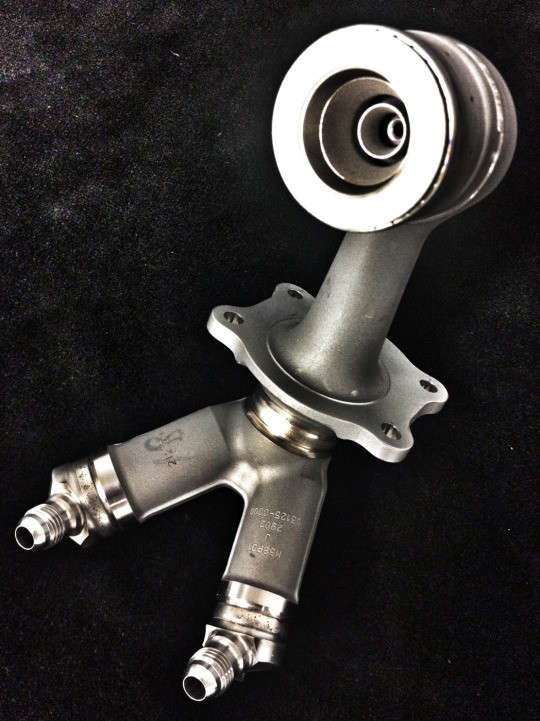3D printing allows you to achieve a significant reduction in the weight of aircraft parts and simplify their production.

Fuel jet nozzle manufactured by additive method
Additive production technology for aircraft parts can achieve a significant reduction in their weight and simplify production while maintaining other characteristics. In some cases, the weight of the part can be reduced to 25%. About this in the annual report on the development of production technologies told Terry Wohlers, president of a consulting firm and an expert on new technologies in production.
Judging by the report, the technology of three-dimensional printing has entered a phase of mass production. The number of sold printers for printing metal parts is growing, and for years the technologies that have been developed have finally become a real embodiment.
In 2015, manufacturers purchased 808 machines for layer-by-layer printing of metal products - compare this with 550 machines in 2014 and 353 machines in 2013. Assessing this growth, you must take into account that the cost of these units ranges from hundreds of thousands to several million dollars.
')
Companies that manufactured prostheses and dental implants were among the first to introduce 3D printing into everyday life, but the aviation industry promises to become a much larger business.
General Electric already produces some components ready for commercial use. These are fuel injectors, temperature sensor housings, some parts of turboprop engines. Airbus is testing the production of engine parts. NASA is testing rocket engines , parts of which are manufactured by an additive method.

Housing for temperature sensors
Typically, 3D printing technology for metal products involves the use of high temperatures, achieved, for example, by heating with laser or electron beams, sintering the metal powder into solid structures. The technology is convenient in the production of parts of complex design, as well as in the production of small batches.
Printing capabilities make it possible to manufacture parts of such a form that would be difficult or impossible to do with traditional methods. For example, the nozzle printed on the General Electric facilities was traditionally made from 18 separate parts that had to be joined together by welding. Now it is a solid part, besides weighing 25% lighter than the classic. In the new engine being developed in the bowels of the GE, such injectors should be 19.
Source: https://habr.com/ru/post/393127/
All Articles